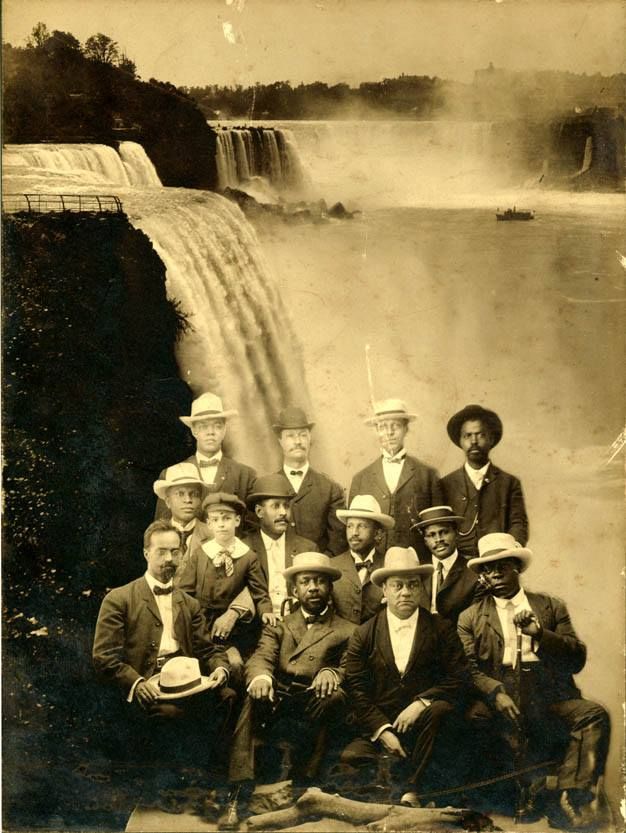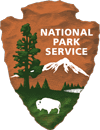The NAACP in Niagara Falls, NY
The NAACP chapter in Niagara Falls produced powerful leaders and social change during the local and national civil rights movement
On the Canadian side of Niagara Falls, a group of Black intellectuals founded the Niagara Movement in 1905. It “served as a forerunner to the National Association for the Advancement of Colored People (NAACP) and the civil rights movement.” The NAACP was founded in New York City in 1909 and African Americans on the American side of Niagara Falls established a local chapter in 1943. During the civil rights movement, the organization galvanized the extraordinary leadership and activism of ordinary people in Niagara Falls.
Reverend H. Edward Whitaker of New Hope Baptist Church was one such leader. In 1956, Whitaker brought Dr. Martin Luther King, Jr. to Niagara Falls to speak at his church during the Montgomery Bus Boycott. In 1960, he “organized picketing demonstrations at four local variety stores linked to southern chain stores that discriminated at their lunch counters.” He also organized a public NAACP meeting to support the students engaged in sit-ins in the South.
These were not isolated incidents. “In striving for equality,” writes historian Michael Boston, “Black Niagarans from the beginning demonstrated their support for movements against southern racial injustice. Most of them had migrated from the South, had family in the South, or had heard about racial discrimination prevalent in that region.”
Bloneva and Harwood Bond migrated from North Carolina in 1943. They attended Whitaker’s church and held various positions within the local NAACP chapter. The organization strongly supported the March on Washington, so it became part a delegation of 32 marchers from Niagara Falls—including Bloneva Bond. For decades, the Bonds worked on issues like school integration, housing discrimination, and urban renewal.
After the assassination of Medgar Evers, who “bravely headed” the NAACP chapter in Jackson, Mississippi, local NAACP members “coordinated with NAACP state officials to ask their city government to boycott products produced or processed in Mississippi.” They also held a memorial service for the four girls killed in the Sixteenth Street Church bombing in Birmingham, AL. They sent telegrams to President Kennedy, the mayor of Birmingham, and the pastor of the affected church.
Reverend Edgar L. Huff of St. John AME Church was another NAACP leader. In the 1960s, he hosted a rally and other activities at his church to protest housing discrimination. After state troopers brutally beat peaceful demonstrators in Selma, Alabama in 1965, he organized a fund to support the victims and a rally to denounce state violence and call for equal rights.
The NAACP chapter in Niagara Falls was involved in other activities over the years. It sponsored renowned speakers, hosted educational forums and Emancipation Proclamation celebrations, and continued to organize civil rights demonstrations. Overall, it was a powerful force in the local and national civil rights movement.
Hope L. Russell, Ph.D.


